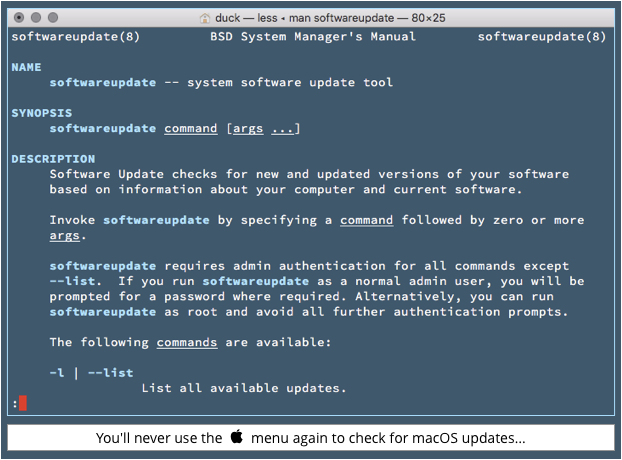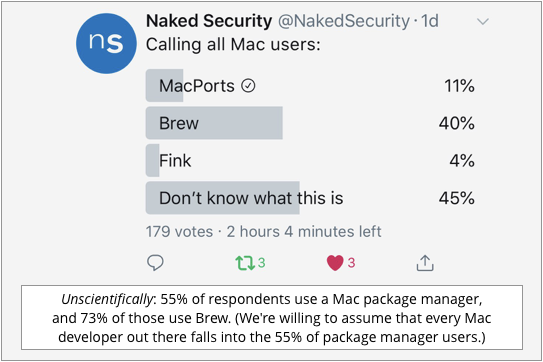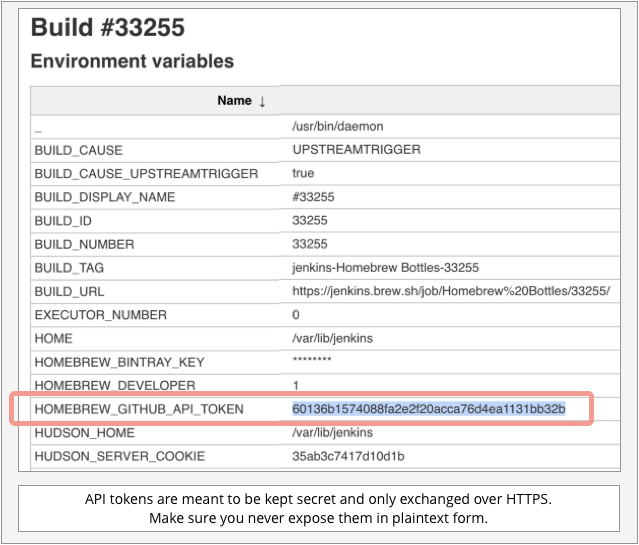NSA Brings Nation-State Details to DEF CON
For a brief time on Friday morning, “Spot the Fed” was the easiest game to play at DEF CON. That’s because the fed was standing on a stage, talking to thousands of attentive hackers.
Rob Joyce, senior advisory for cybersecurity strategy at the NSA, is a freqent attendee but a first-time speaker at the event. That latter status was emphasized with a DEF CON tradition: First-time presenters drink a shot on stage to salute the convention (and, presumably, steady their nerves.) With that attended to, he quickly let the crowd know he was on their side, sharing his approval of activities such as publicly hacking past the security of voting machines.
“There are people who are going to try to find flaws in those voting machines whether we do it here publicly or not,” Joyce said, explaining that he sees the transparency provided by public hacking to be a valuable technique in fixing flaws where they exist. And those flaws are a critical component in the efforts of various nation-states to use the online world as a war-fighting theater where they can win advantages that transfer to the physical world.
In the arena of nation-state hacking, Joyce said, four actor are exceptions to a broad consensus of responsible Internet behavior: Russia, China, Iran, and North Korea.
Each one is using different techniques in the pursuit of different aims, Joyce explained. And each is a primary threat to a different part of society or the economy.
1. Russia: Russia has been quite visible in its use of cyberattacks as part of a larger state-craft strategy. Beyond the well-known attacks on elections, Russia is also engaged in constant campaigns against networks within the US government. Joyce said its cyberapproach echoes its military tactics in the physical world. Describing a successful intrusion in a State Department network, he described the effort to remediate the attack as “hand-to-hand combat” in which the attackers would respond to defensive moves with new tactics aimed at maintaining their position in the system.
2. China: China is most active in stealing intellectual property; it is known for the sheer volume of its attacks. Joyce said that after an accord on IP between the US and China, total intrusions dropped by nearly 90%. Whether or not in response, other activity has increased, including Cloud Hopper, which is targeting information theft and disruption of ISPs and MSPs. China is also quite active in cyberinfluence of mass behavior; social credit, Joyce said, is the most obvious government attempt to shape human behavior through social media-like prestige and gamification.
3. Iran: Iran is known for disruptive campaigns, including DDoS attacks, against its enemies. Joyce pointed out that its activity diminished markedly after the Paris Nuclear Accord went into effect. Then its efforts shifted toward targets in the Middle East, including campaigns against Israel and Saudi Arabia. The NSA is carefully watching activity that might increase once again with the reimposition of sanctions by the US, he said.
4. North Korea (DPRK): Joyce described North Korea as one of the most consistent actors, making cyberactivity part of every strategic encounter. It has constant campaigns in process against targets in South Korea, he said, noting one way in which it differs from the others on this list: North Korea regularly looks to steal hard currency, whether in national currency or cryptocurrency, for use by the government.
When he turned his attention to defense, Joyce had two main points: First, he said, cybersecurity is a team sport; government and private enterprise should share information on attacks and vulnerabilities so that the partnership can provide an asymmetric advantage against the attackers.
Second, he pointed out that the basics matter — things like multifactor authentication and regular software patching, which make the threat actors’ jobs much easier, shouldn’t be ignored. He also included in those “basics” something that has proved to be difficult for many organizations: “Know your network,” Joyce said. “Attackers don’t care about what you think you have — they attack what’s really there.”
Related Content:
- Iranian Hacker Group Waging Widespread Espionage Campaign in the Middle East
- White House Cybersecurity Strategy at a Crossroads
- North Korea Ramps Up Operation GhostSecret Cyber Espionage Campaign
- The ABCs of Hacking a Voting Machine
Curtis Franklin Jr. is Senior Editor at Dark Reading. In this role he focuses on product and technology coverage for the publication. In addition he works on audio and video programming for Dark Reading and contributes to activities at Interop ITX, Black Hat, INsecurity, and … View Full Bio









